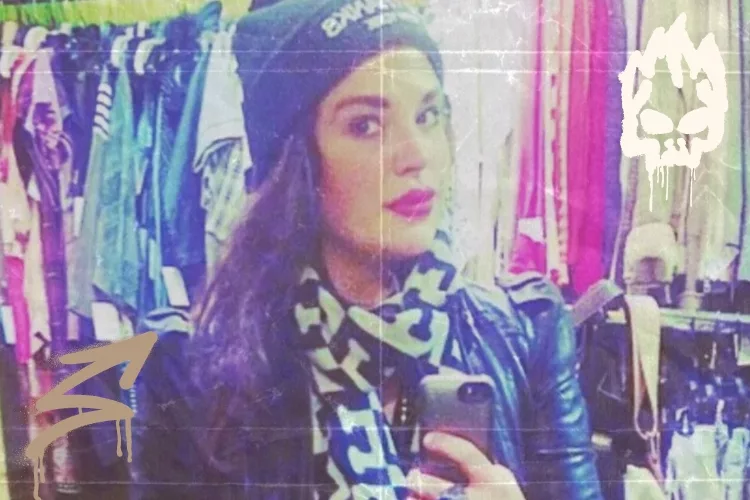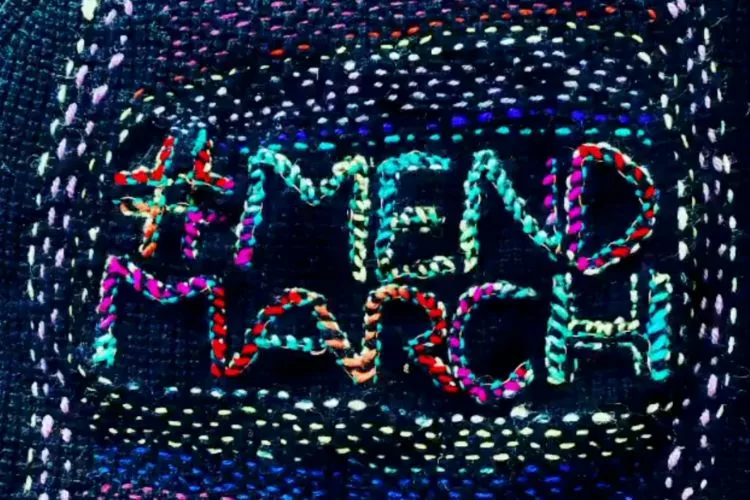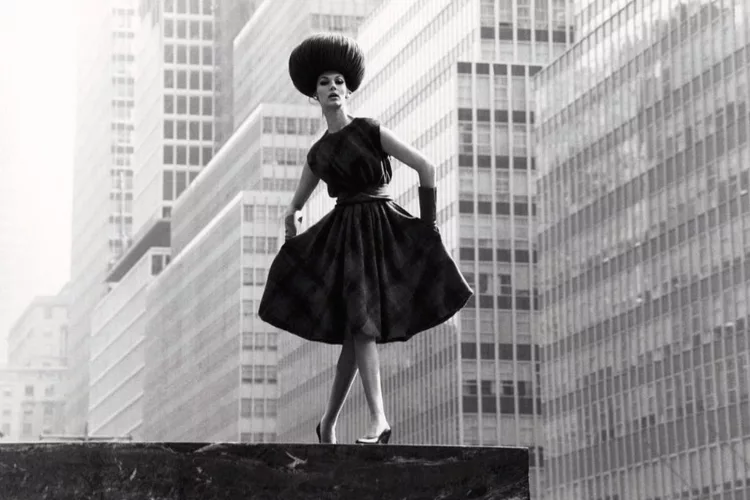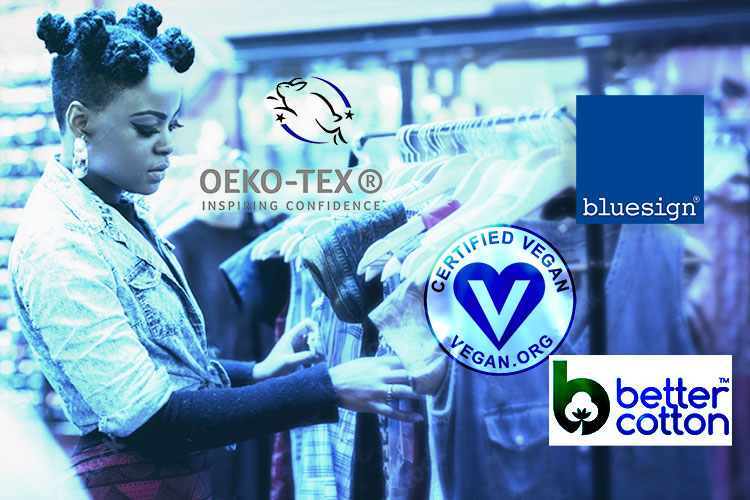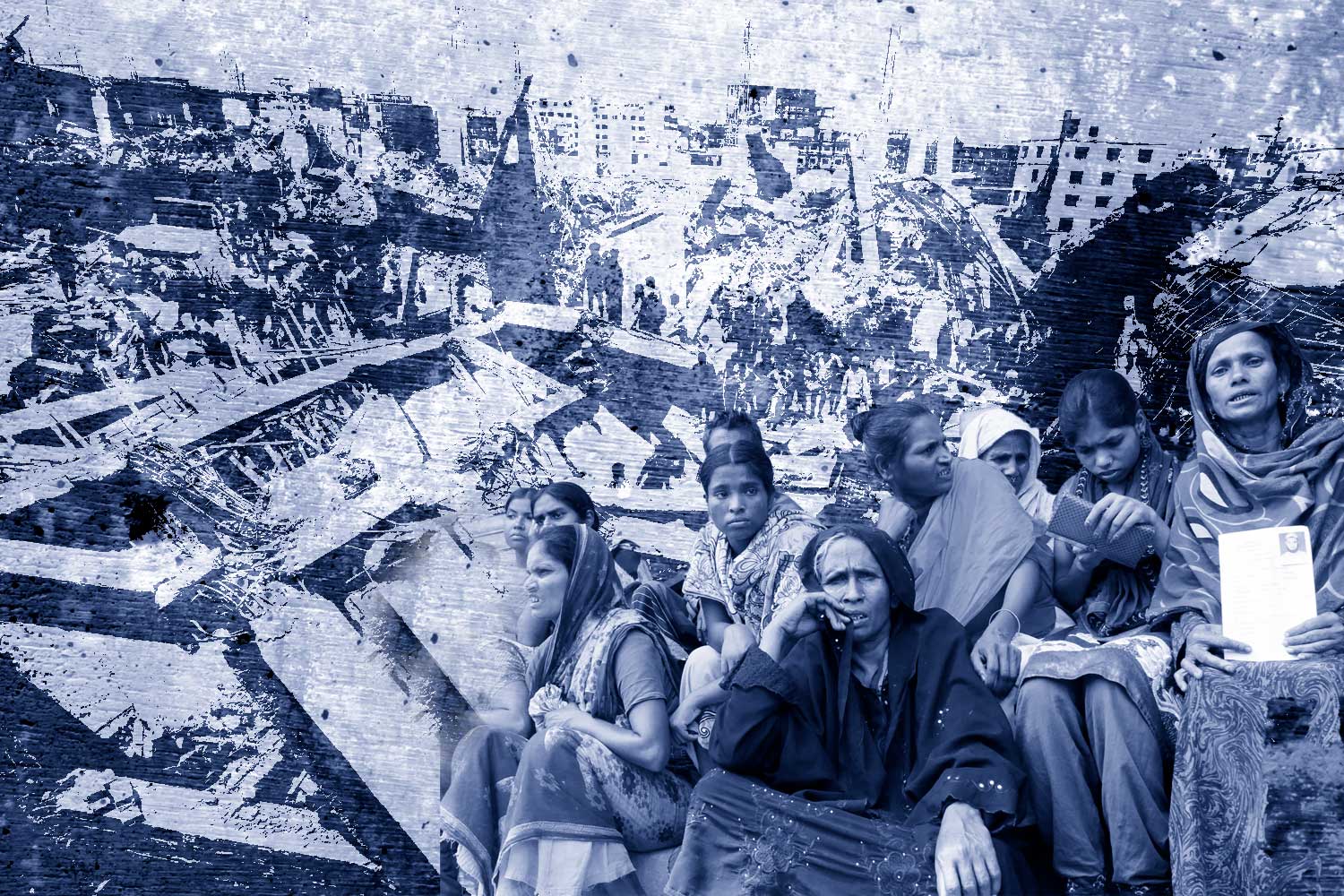
April 24, 2023, marks the tenth anniversary of the horrific Rana Plaza factory collapse, which claimed the lives of over 1,100 garment workers and injured countless others in Bangladesh. As the deadliest mass casualty event in the global garment industry, Rana Plaza seized the attention of world media and citizens alike in North America and Europe. Consumers were shocked to see photos of the carnage and, later, of clothes pulled from the rubble, bearing labels connected to beloved retailers—Primark and United Colors of Benneton included.
One decade later, we still see media coverage of injustices in the garment industry, from factory fires to wage theft. But we also see fierce responses and resistance to these injustices today as policy efforts and support for garment workers grow.
First—what caused the Rana Plaza disaster?
On one level, the collapse resulted from structural issues with the factory building—specifically, it was compromised by haphazard construction work that didn’t meet construction codes but was still authorized by the mayor of Dhaka.
One day before the collapse, large cracks appeared in the factory building, and an engineer tasked with inspecting them determined the system was unsafe. Yet factory owners pressured workers to return the next day, despite safety concerns. By conceding to these pressures, many workers died.
So, what caused Rana Plaza? It was more than just structural problems or corrupt local governance. Garment workers faced unbearable pressure, yes— they were threatened with dismissal and withheld wages, which meant starvation. But the pressure passed from factory owners to garment workers ultimately came from the apparel brands. What else would keep managers and workers in a dangerous factory, against their better judgment, except for fear of losing their jobs?
Garment workers did not have “enough power to refuse” the threat of death, in the words of scholar Dina M. Siddiqi. So, the pressure to meet order quotas and shipping deadlines was prioritized over life itself.
Rana Plaza painfully reminded the world of the exploitative nature of the global garment industry. We can’t fault upper management without blaming the brands responsible for workplace exploitation – who quickly threaten to move on to another supplier if their demands aren’t met. Rana Plaza is as much about worker agency as it is about workplace protections.
In the wake of Rana Plaza, organizations sought to right the wrongs of workplace dangers through collaborative efforts
Shortly after Rana Plaza, groups like Worker Rights Consortium, the Maquila Solidarity Network, and the Clean Clothes Campaign combined their advocacy efforts to establish a blueprint for holding brands accountable for worker safety, named The Accord on Fire and Building Safety in Bangladesh—or “The Accord,” for short.
What is the Accord?
As the first international agreement to include global brands, retailers, and trade unions in a legally binding framework, The Accord was designed to build a healthy ready-made garment industry in Bangladesh. It offered mechanisms for ensuring workplace safety, including independent inspection programs that involved workers and trade unions; public disclosure of factories, inspection reports, and corrective action plans; commitment to remediation funds; democratically elected health and safety committees in each factory; and means for worker empowerment. It also prioritizes worker agency by offering complaint mechanisms and the right to refuse unsafe work.
The Accord holds brands and retailers to count, requiring them to commit to these and other efforts for five years.
An ambitious agreement, the first version of the Accord, was signed by 40 brands and retailers, two global trade unions—IndustriALL Global Union and UNI Global Union— and eight Bangladesh-based trade unions on May 15, 2013. Throughout the five-year agreement, over 220 brands and retailers signed on.
The Accord was renewed twice, first in 2018 and then in 2021. The most recent version of the Accord, named The International Accord (for Health and Safety in the Textile and Garment Industry), incorporates the requirements of the previous agreements while expanding work towards health and human rights in ready-made garment factories.
The Accord Expands to Pakistan
The International Accord seeks international reach, providing a model for expansion beyond Bangladesh. Since November 2022, the International Accord Foundation has turned its efforts towards Pakistan, prioritized because 110 signatory brands currently source from the country. So far, the Pakistan Accord has 42 signatories.
The Pakistan Accord maintains critical priorities of the International Accord while expanding health and safety concerns beyond building and fire safety. Speaking to Vogue Business, Joris Oldenziel, the executive director of the International Accord, noted that many workplace concerns can be linked to health and safety— from overwork to sexual harassment and gender-based violence in the factory. This expanded definition holds promise in more robustly supporting garment workers.
The Wins—and Limits—of the Accord
Since its creation in 2013, the International Accord has helped facilitate factory inspections uncovering over 130,000 safety violations, most of which have been eliminated. The Accord has covered over 1,600 factories and offered protections to 2 million workers in Bangladesh alone!
Yet these “wins” should not distract from how the Accord relies, in part, on corporate cooperation to jump-start its work. In other words, brands must sign the Accord to be held accountable—but signing the Accord is voluntary.
So, while the signatory list grows, big-name companies like Levi’s, Target, and Urban Outfitters can ignore the agreement, avoid signing on to the Accord, and as a result, avoid liability for workplace hazards and garment workers in their supply chain.
Our work cannot solely hinge on the whims of brands—so what else can be done? Now’s a good time to act.
Consumers can join voices with workers and prioritize worker needs through activism, advocacy work, and plain old social media spamming!
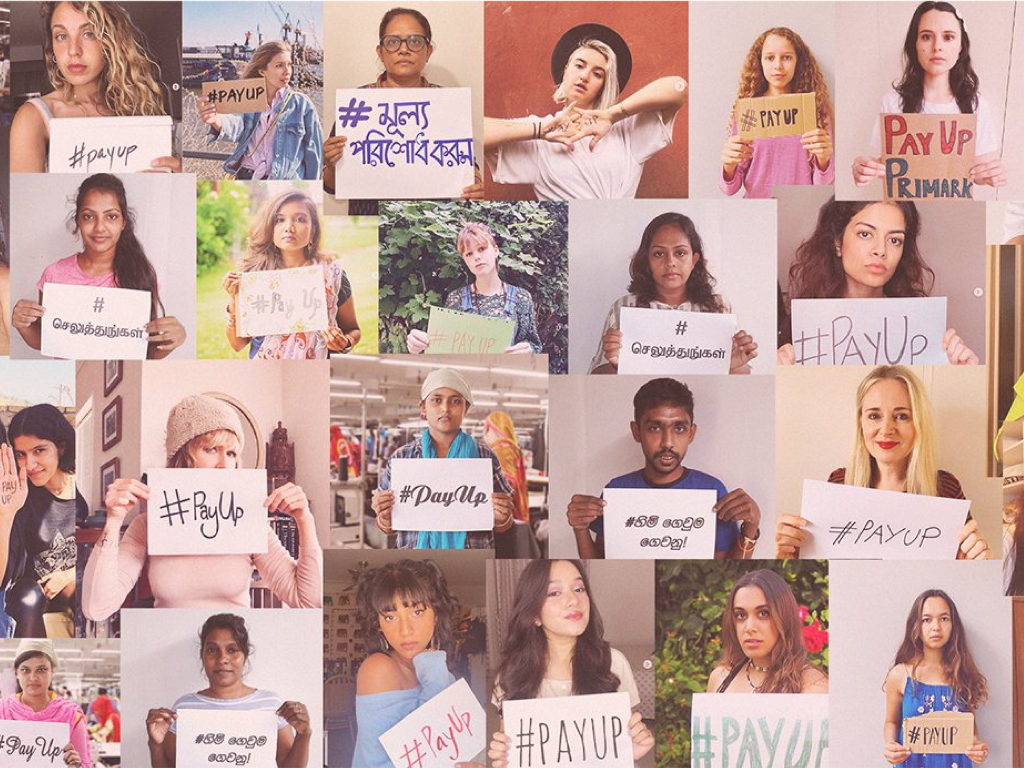
These actions have worked well in the past. For example: at the pandemic’s start, apparel brands canceled $40 billion worth of orders, some already completed or in process. Not only were workers denied pay for completed work, but over one million were laid off since suppliers were left to recoup costs.
While corporations avoided responsibility thanks to a clever loophole in their contracts (called force majeure clauses), worker rights groups and advocates organized a response, including a report and a social media campaign called the #PayUp campaign.
#PayUp spread across social media sites, and consumers used their voices to publicly pressure (and shame!) brands to compensate workers. These efforts—a P.R. nightmare for brands— helped recoup around $22 billion in garment workers’ wages.
Now, at this moment and going forward, we can support the Accord in many ways, both online and in person. In the past, Remake has held protests, attracted petition signatures, and assembled an Accord action kit for conscious consumers to pressure Levi’s and other companies to #SignTheAccord. The sky is the limit for future protests and actions—all it takes is one person to spark a movement.
Injustice Isn’t Just Happening Overseas but Here In the US as well
Interest in garment worker safety has also gained momentum in the United States, with the Los Angeles garment sector and worker exploitation gaining media attention throughout the pandemic. At the pandemic’s start, garment workers were forced to risk COVID exposure while sewing masks for consumers. These workers were not offered PPE or given sick leave and suffered illness and even death. Many were paid piece rate, or per item made, often for pennies—and some endured wage theft.
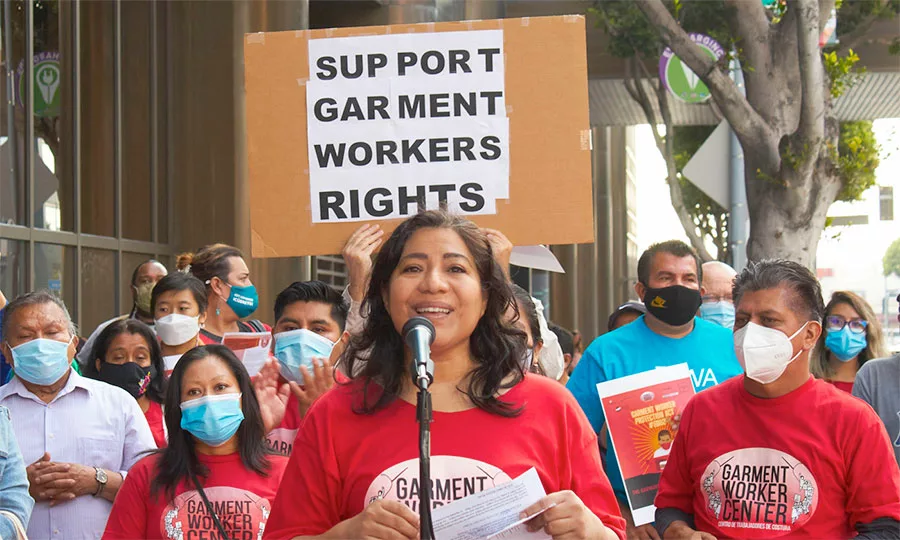
Protecting L.A. Garment Workers through the Garment Worker Protection Act
In response to these injustices, organizations like Garment Worker Center and Remake, and California state senator Maria Elena Derazo, introduced Bill SB-62, known as The Garment Worker Protection Act. The bill prohibits piece-rate compensation and holds fashion brands liable for wage violations. Though the bill’s first version failed to make it through, the second received overwhelming support from activists, politicians, and 158 retailers and designers.
Thanks to this overwhelming support, California Governor Gavin Newsom signed SB-62 into law in September 2021.
SB-62 has inspired other work, too. In May 2022, N.Y. State Senator Kirsten Gillibrand and Remake introduced The FABRIC Act, which continues the work of SB-62 by pushing for federal reform in the garment industry. The bill calls for garment worker protections against wage theft, prioritizing livable wages, and supports clothing manufacturing in the United States. The FABRIC Act is awaiting assignment to a House committee for study, so it may take a few years to develop.
In the meantime, it’s worth looking at all angles of the FABRIC Act. Though the bill is intriguing, its emphasis on “returning” the industry to the U.S. might harm countries whose economies rely heavily on garment exports, like Bangladesh. Securing better working conditions for North American garment workers shouldn’t have to be at a high cost to garment workers elsewhere. We should consider this as momentum builds in policy and activist spaces.
Fighting the Good Fight, with Workers at the Center
In the years since Rana Plaza, our capacity for showing solidarity across global borders has exploded. Social media has enabled consumers to support garment workers from L.A. to South Asia and beyond. Tweets or e-mails might feel useless, but when joined with thousands, they become catalysts for real change.
There are always limits to this work—and in an era of continued worker exploitation and corporate manipulation, we should always maintain a healthy skepticism of brand promises. But we should work towards, and create, a better future. As the fight for garment worker protection rages on, there’s no better time than now to join our voices with the voices of the world’s garment workers, centering their voices in both policy and protest.
–Céire Kealty
Céire Kealty is a graduate student and freelancer, writing for academic and public audiences. Her work examines the global garment industry, clothing waste, and the interpersonal relationships we forge through our clothing. For more on Céire’s work, follow her educational Instagram, Patron Saint of Threads.
Related Articles


